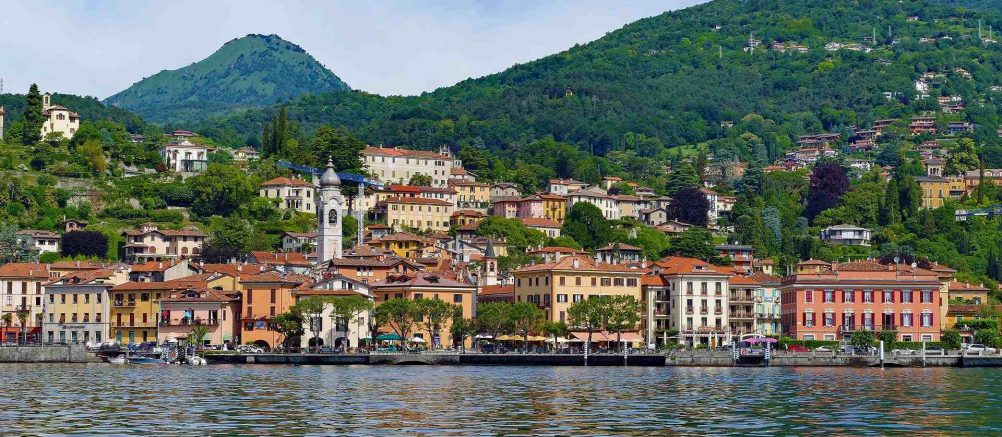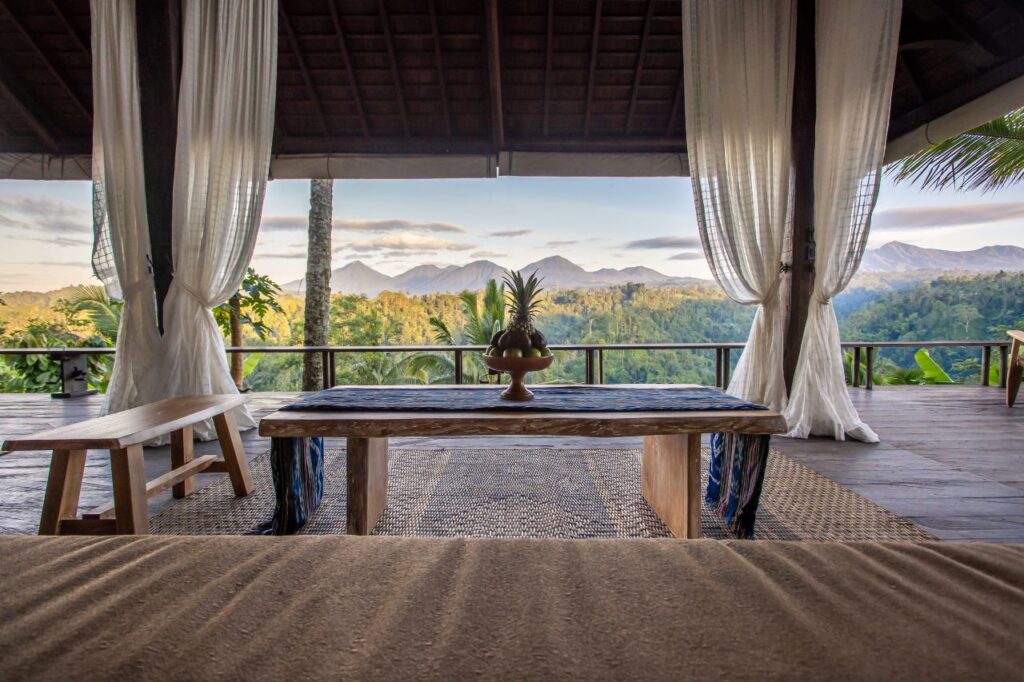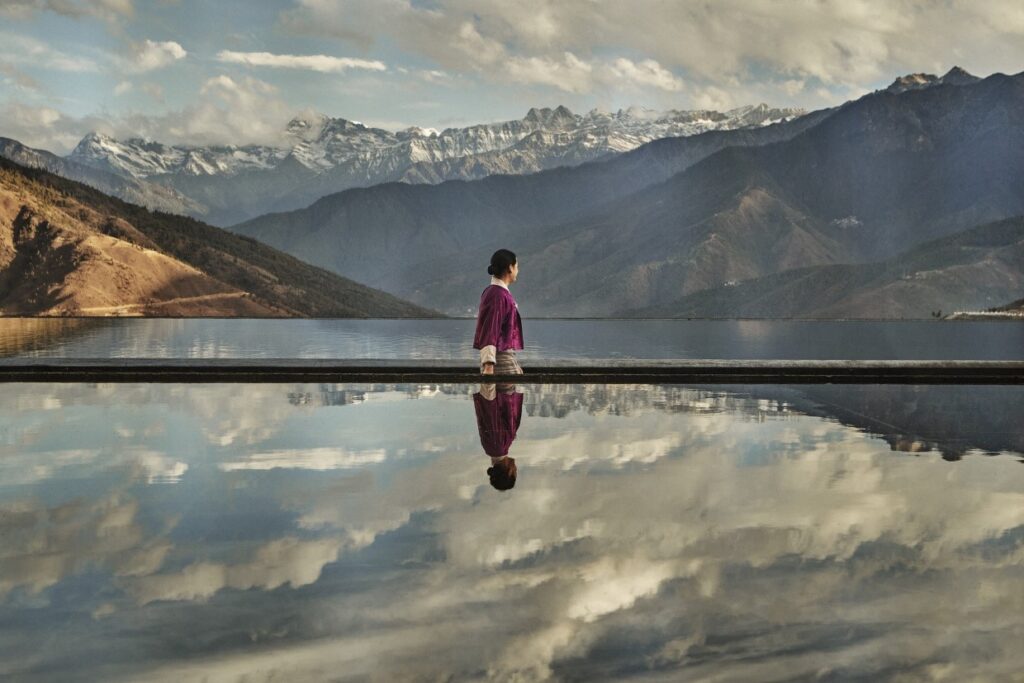Best hikes around Lake Como
Put your best foot forward.
Words by Ute Junker
Photo by Travelspot via Pixabay
Como is all about the lake. Grand hotels line its shores; restaurants are carefully positioned to take in as broad a sweep of glittering water as possible. Lately, however, increasing numbers of visitors are looking beyond the lake and choosing to spend at least some of their holiday exploring the many hiking trails that criss-cross the hillsides that circle protectively around Lake Como.
Some of these paths weave their way along mule trails used by ancient smugglers. Others follow the routes of ancient Roman roads. Most of them offer magnificent panoramic views as they pass through red-roofed villages, ancient orchards and small wayside chapels. Walking these paths is a tranquil experience that feels a world away from the bustling boutiques and bars of Bellagio and Como.
Hikers can choose a route that suits their fitness level, although most trails involve at least some hills. Some walks can be completed in an hour or two; others may take most of the day. In many cases, the first challenge is finding the walk’s starting point. Signposting is often erratic or non-existent, and not all the routes can be access by public transport.
“There are many lovely walking paths around the lake, but they are not always easy to get to,” says Andrea Grisdale of destination management company, IC Bellagio. Increasingly, her clients are asking for help with hiking itineraries. “We are all about helping clients make the most of their time, so we will often organise a car to drop them at one end of a scenic trail and pick them up again at the other,” she says.
Those who prefer to go it alone can choose from a number of options. One of the most accessible walks is the hike between the mountain villages of Brunate and Monte Piatto, which takes between two and three hours. Start by taking the funicular from Como up to Brunate, 700 metres above the lake, which draws day-trippers with its collection of elegant art deco villas.
To find the path to Monte Piatto, first look for the signs to Campo Sportivo, then the signs to the Strada Regia and finally the yellow signs towards Monte Piatto. The path follows the contours of the mountain, skirting rivers and crevasses and winding through shady forests filled with chestnut trees, wild primroses and violets.
The path is studded with strangely-shaped boulders left by retreating glaciers during the last Ice Age. The most famous is the Rock of Saint Carlo Borromeo at Monte Piatto from where, according to legend, the saint helped a convent of nuns escape the plague by transporting them to heaven. From Monte Piatto, continue the adventure by following the steep steps down to the lakeshore village of Torno, from where you can catch a ferry back to Como.
A shorter alternative is the scenic walk to the Sanctuary of Madonna del Saccorso above the town of Lenno. The views are not the only striking thing along the way; the 14 chapels that line the road for a kilometre leading up to the sanctuary are on the UNESCO World Heritage List.
Another option for independent hikers is the 11km long Greenway. This walk along the western shore of the lake follows the path of an ancient Roman road between Colonno and Griante and is reasonably well signposted. The route winds its way along slopes and through sleepy hamlets and over ancient bridges that cross trickling mountain streams. You can take a small detour along the way to visit one of the lake’s most historic properties, the glorious Villa Balbianello, but the walk’s real charm is the random discoveries along the way, from 800-year-old chapels to sun-drenched coves where elderly men sun themselves.
One of our favourite walks is a guided hike that we take through the town of Lezzeno in the central lake area. Our guide Michele, who also leads energetic holidayers on kayaking trips, walks us through the small hamlets that make up the town, which are interspersed by expansive gardens and ancient stands of forest. Along the way he offers plenty of insights into local culture and history, as well as tips for other walks.
“Around Bellagio alone there are at least 50 walking trails, some of which are marked, some not,” he explains. “Many of the trails have fallen into disuse, so you need a guide to help you find your way.”
For those who want to team their exercise with a good meal, Grisdale recommends a walk to one of the area’s rifugios, rustic mountain huts that offer accommodation and meals. Her top pick is the Rifugio Martina above the village of Lezzeno. “It’s a casual eatery – there are dogs and kids all over the place – and the menu is very brief, with all the dishes polenta-based,” she says. “However, the quality of food is amazing and you will get change from 20 euros.”



